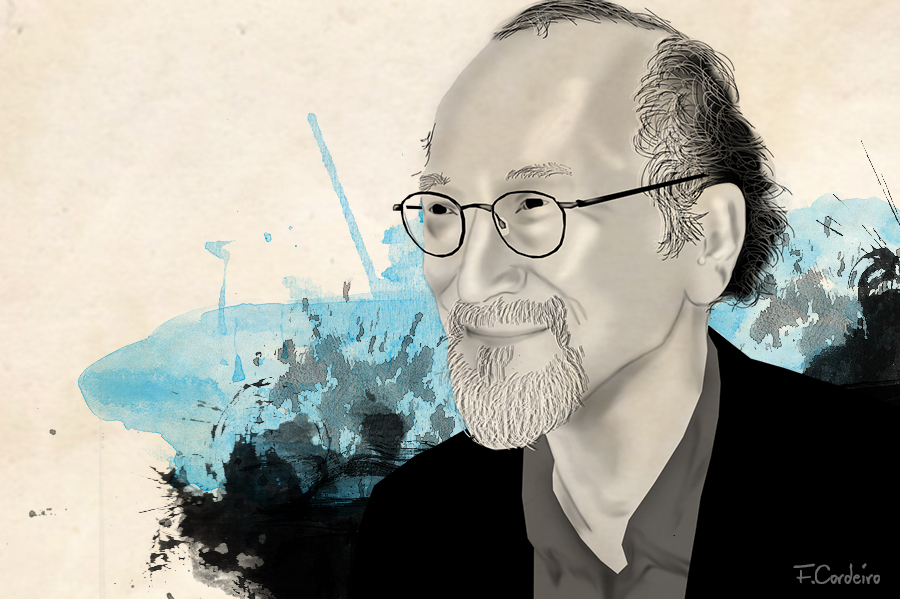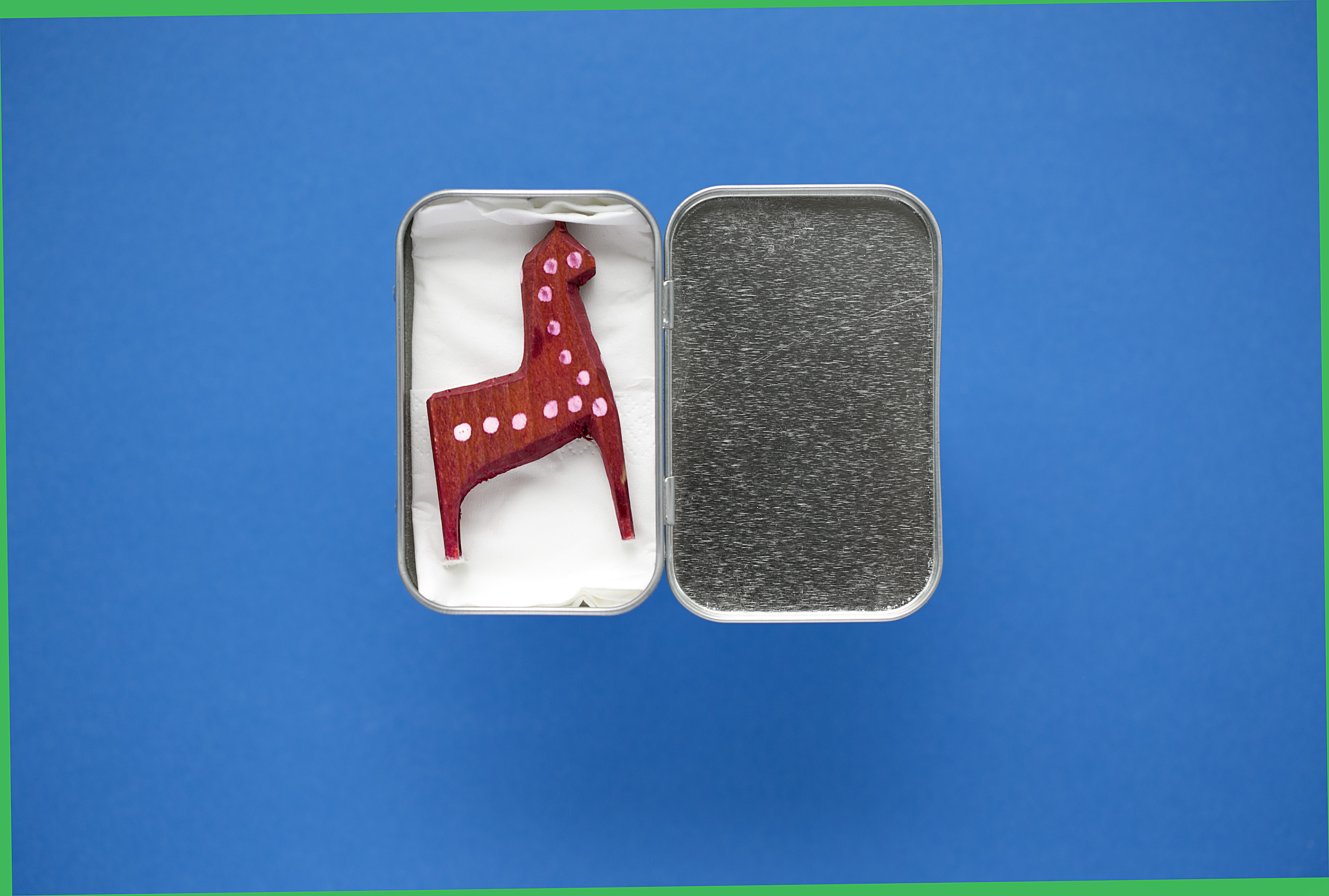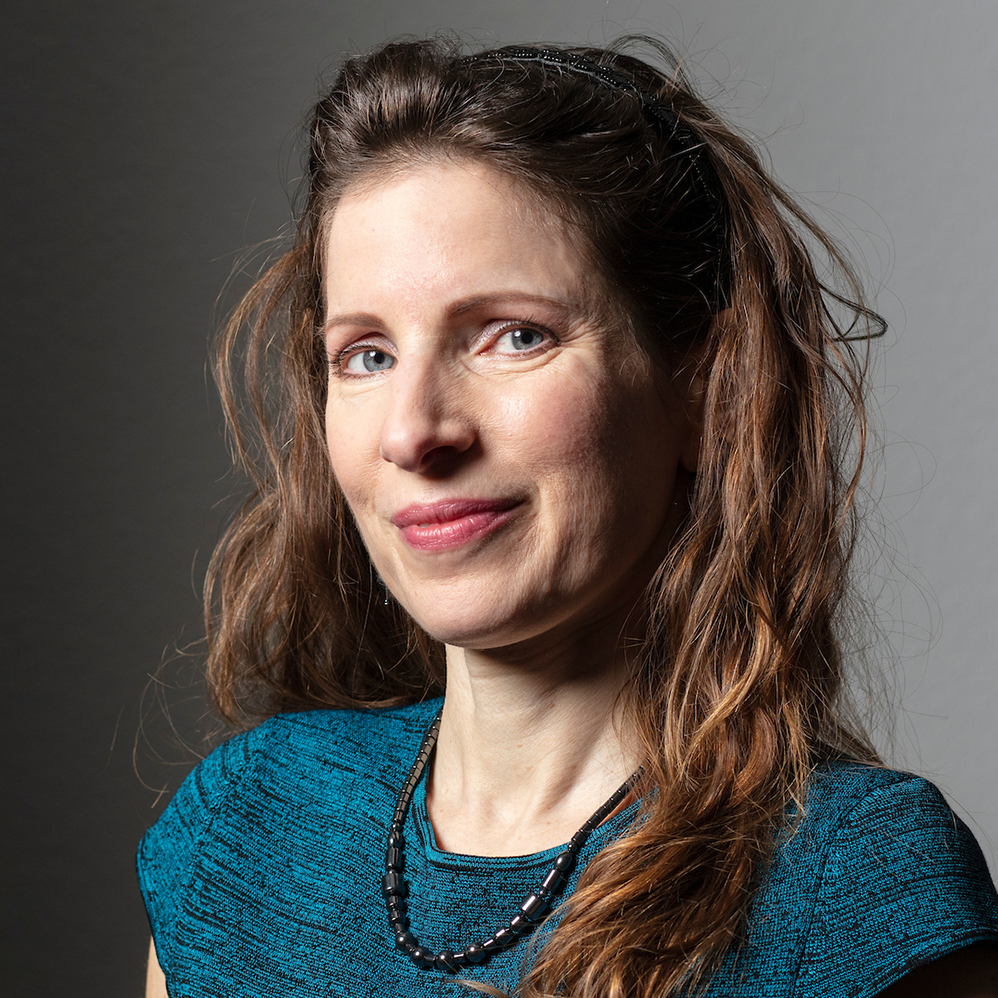‘The people treated us like gods’

It was a fascination with Swiss artist Paul Klee that brought Osamu Okuda from Japan to Europe – initially just for a year or so. Thirty years later, he’s now a researcher and archivist at the Zentrum Paul Klee in Bern, as well as an artist himself.
It was a fascination with Swiss artist Paul Klee that brought Osamu Okuda from Japan to Europe – initially just for a year or so. Thirty years later, he’s now a researcher and archivist at the Zentrum Paul Klee in Bern, as well as an artist himself.
Okuda is so shy that he seems almost reluctant to approach me in the museum lobby. He even tries to pawn me off on a colleague who was more involved the current exhibition. The co-worker gamely serves as a buffer for a few minutes – giving Okuda a chance to thaw out.
Once he’s settled amid the artwork he so loves, Okuda slowly comes alive. He’s a dapper 62-year-old in steel-rimmed glasses, with a greying goatee and temples to match. His tooled leather belt features a squiggly design reminiscent of Klee’s work. He chuckles and gestures as he talks about the works.
“It was a secret, hidden in a box,” says Okuda of a book that he found in Winterthur as part of the estate of the late Swiss writer Hans Bloesch. Called simply Das Buch (The Book), it contains Bloesch and Klee’s poetry as well as grotesque illustrations by Klee, some of them quite daring.
“There are erotic pictures, too, some very interesting things,” Okuda remarks, raising his eyebrows conspiratorially. You have to take his word for it; the 110-year-old book is sealed away in a glass case.
“After finding it we celebrated with beer and wine,” remembers Okuda, who is currently working on a publication that will contain a facsimile of Das Buch as well as copies of letters Klee and Bloesch sent each other. It comes out in 2014.
Names and dates come easily to Okuda. In fact, he never shows a loss for words when speaking about Klee: impressive – especially considering the fact that German is a second language for him.
Way to Klee
“Klee is well known in Japan – and more popular there than he is here,” says Okuda, who was about 20 the first time he saw a Klee exhibition in his hometown of Osaka. He studied art history at university, and got his master’s degree on the topic of Paul Klee.
In 1980, Okuda’s involvement in a large Klee exhibition in Tokyo was his ticket to Europe, and a contact in Bern helped him secure a stipend to study at Bern University. When he arrived in 1983, the plan was to stay for just a year or so.
“But then I met a German Klee specialist who asked me to work on a project, and it took us ten years to put it together!” Okuda recalls. The project, finished in 1995, explored how Klee often cut up his works to create two or more smaller ones.
“This was smart – sometimes he could make another sale that way,” jokes Okuda, whose work showed what the original versions would have looked like.
While flipping through the exhibition’s catalogue, Okuda points out that Adobe Photoshop wasn’t so sophisticated back then. Nevertheless, the shows in Düsseldorf and Stuttgart were a huge success – resulting in a two-week extension to meet visitor demand. The catalogue sold out and went into a second printing.
“The people treated us like gods. That was a turning point for me,” says Okuda, who by now knew that majoring in Paul Klee had been a clever career move. In 1996, he became a researcher and archivist at the Paul Klee Foundation of Bern’s Kunsthaus art museum. His next project – producing a nine-volume Klee encyclopaedia – took another decade.
Okuda’s admiration for Klee is evident whenever he talks about the artist, who suffered from scleroderma towards the end of his career.
“He had to conserve energy but he painted big pictures,” Okuda said, citing Klee’s resourceful use of newspaper and jute, which were inexpensive, and coloured paste, which dried faster than oil paint.
In 2005, Okuda’s knowledge and experience made the soft-spoken Japanese art expert a natural pick for helping to launch the Zentrum Paul Klee in Bern. Designed by Italian architect Renzo Piano, it is perhaps the most distinctive-looking museum in Switzerland.
“If I’d stayed in Japan I’d probably be an assistant art professor. But it’s so hierarchical there,” Okuda finds. He also appreciates the fact that people here are able to maintain the boundary between their professional and private lives.
Other plans
For a man who works in the muted lighting of a museum, Okuda’s hands are surprisingly brown. Inquiring about his hobbies reveals the answer: he tends a patch of the community garden not far from the museum.
A passionate cook, he grows things like herbs, beans and pumpkins. Even in his garden, he found a connection to Klee – though he didn’t notice it at first.
“My plot is right under the same oak trees pictured in one of his works!” Okuda says, noting that he sometimes spots other settings in Bern that seem familiar.
Though Klee has been a key figure in Okuda’s life, he’s not quite the focal point. Okuda works part-time at the Zentrum Paul Klee, leaving plenty of freedom for other pursuits – such as the award-winning poetry project he initiated.
Sprechendes Wasser (speaking water) is a volume of Renshi-style collaborative poetry – in this case between Bern poet Jürg ‘Kutti MC’ Halter and Japanese poet Tanikawa Shuntarō. It won a Bern cantonal literary prize this year.
And speaking of water, Okuda does miss the Pacific Ocean and its fish. Yet he only travels to Japan occasionally for work.
His repertoire also includes performance art and sculpture. Okuda likes taking random objects – such as a toy carousel – and repurposing them for his artistic needs. For example, in 2002 he had an exhibition at the Kunsthalle in Bern.
In theory, retirement will come in a few years, but Okuda still has a number of projects in mind, like making a film.
“And then there’s my brother, who composes electronic music. I’d like to do something with him, too,” Okuda says.
He laughs, acknowledging that his bucket list is still quite long.
“Old dreams waiting to be realised!” he quips.


In compliance with the JTI standards
More: SWI swissinfo.ch certified by the Journalism Trust Initiative

You can find an overview of ongoing debates with our journalists here. Please join us!
If you want to start a conversation about a topic raised in this article or want to report factual errors, email us at english@swissinfo.ch.